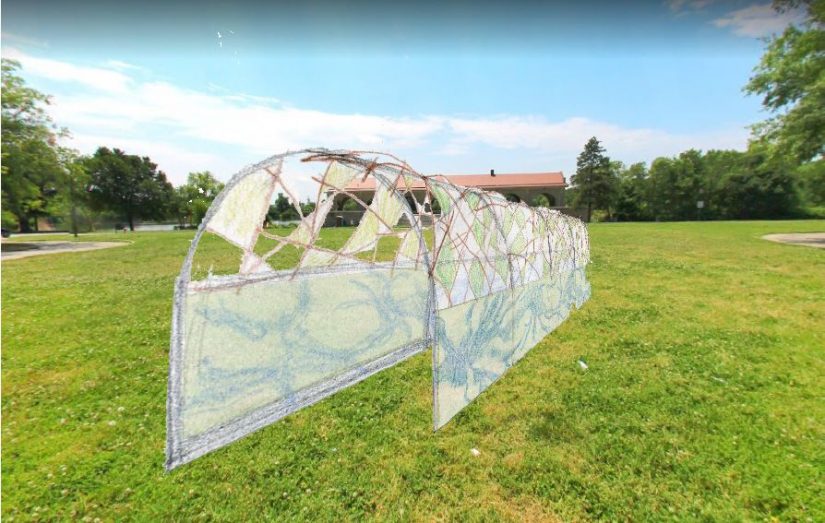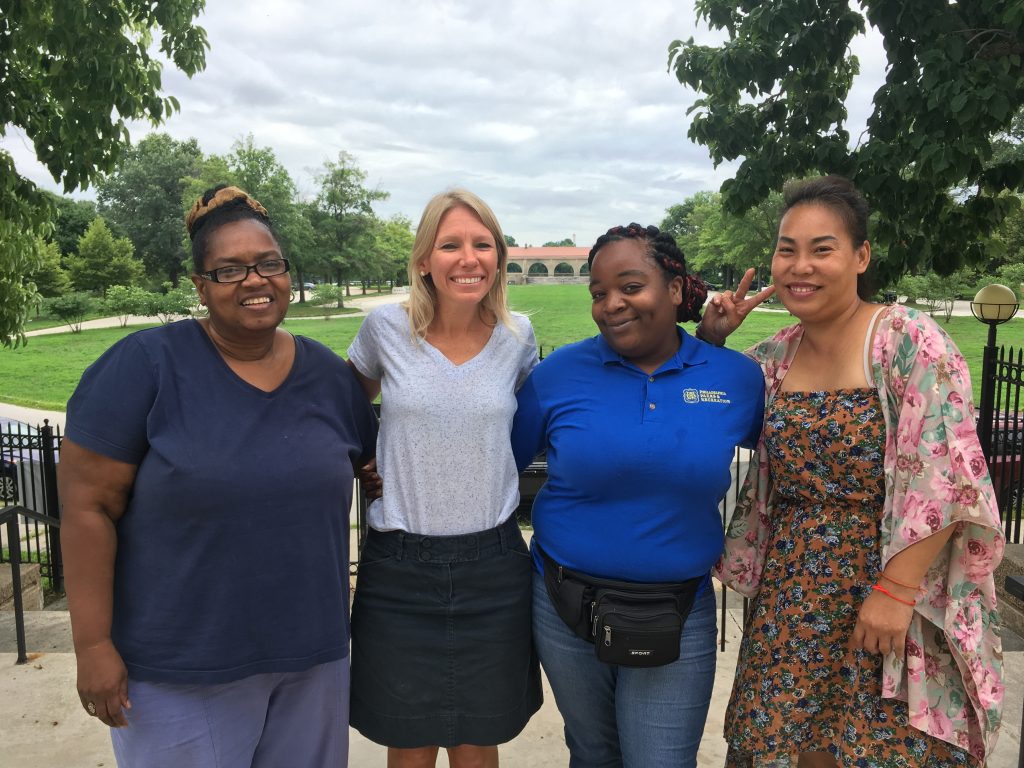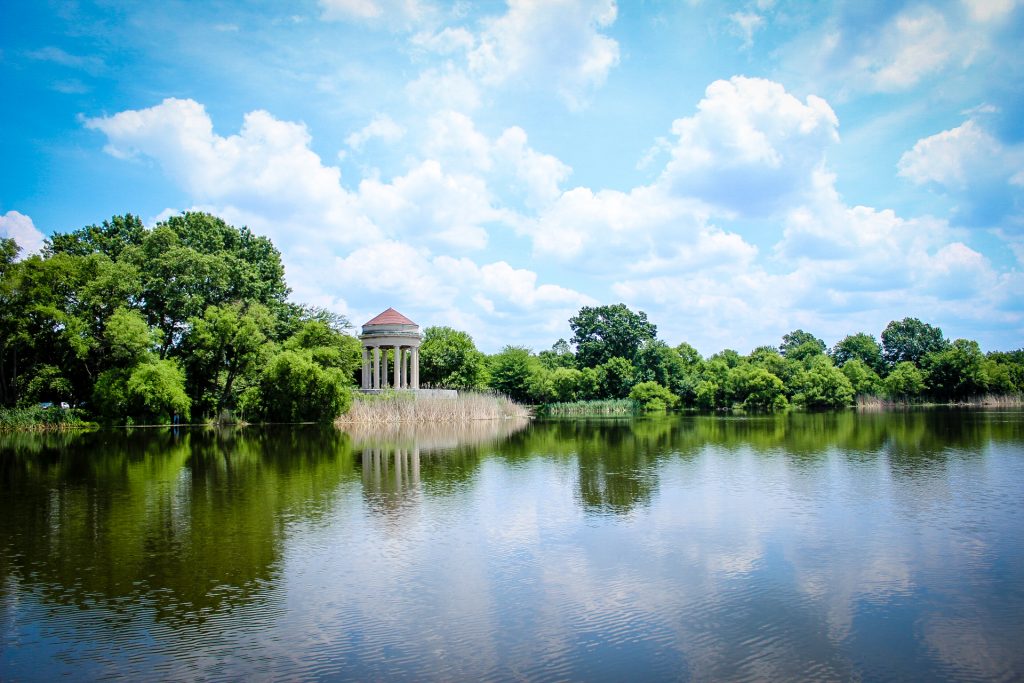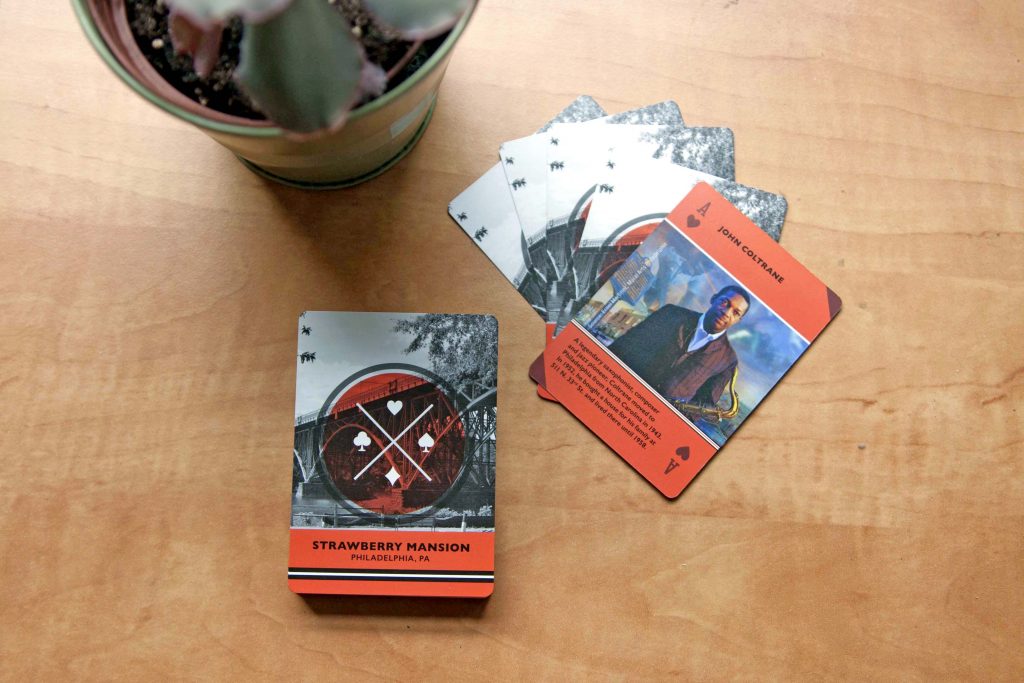Fairmount Park Conservancy recently issued a Call for Artists seeking to engage an artist to create an outdoor environmental art installation that invites visitors to think and learn about the relationship between FDR Park and climate change. From 12 submissions, the Conservancy selected hand papermaker and visual Philly-based artist Nicole Donnelly to create a work of art that will be on display in the 350-acre South Philly park beginning on Exploration Day at FDR Park on Saturday, October 20th. Donnelly will also be working with Let’s Go Outdoors to design educational programming inspired by the artwork.
We chatted with Donnelly to learn a little bit more about her working process and what we can expect from her engaging art installation at FDR Park.
What motivated you to respond to the FDR Park Call for Artists?
I responded to the call because the Delaware watershed has been an interest and concern of mine for the last several years. I was shocked when I saw how drastically our sewer system changed the surface of our land, from one that is cross cut with streams, rivers, and creeks, to one that is completely paved over and essentially sealed against the penetration of water. It is enormously important to preserve our green space, and FDR Park is a lovely example of how the land was both adapted to city life and recreation while still preserving certain natural aspects.
Can you give us an idea of what to expect with your art installation at FDR Park?
On the lawn between the American Swedish Historical Museum and the Boat House, my art installation is going to create a short arching corridor and line of sight between the museum and the water. The 20-foot-long sculpture will utilize handmade paper, tree branches and leaves from invasive plant species, leaves and flowers from native plant species, and imagery depicting the Delaware watershed.
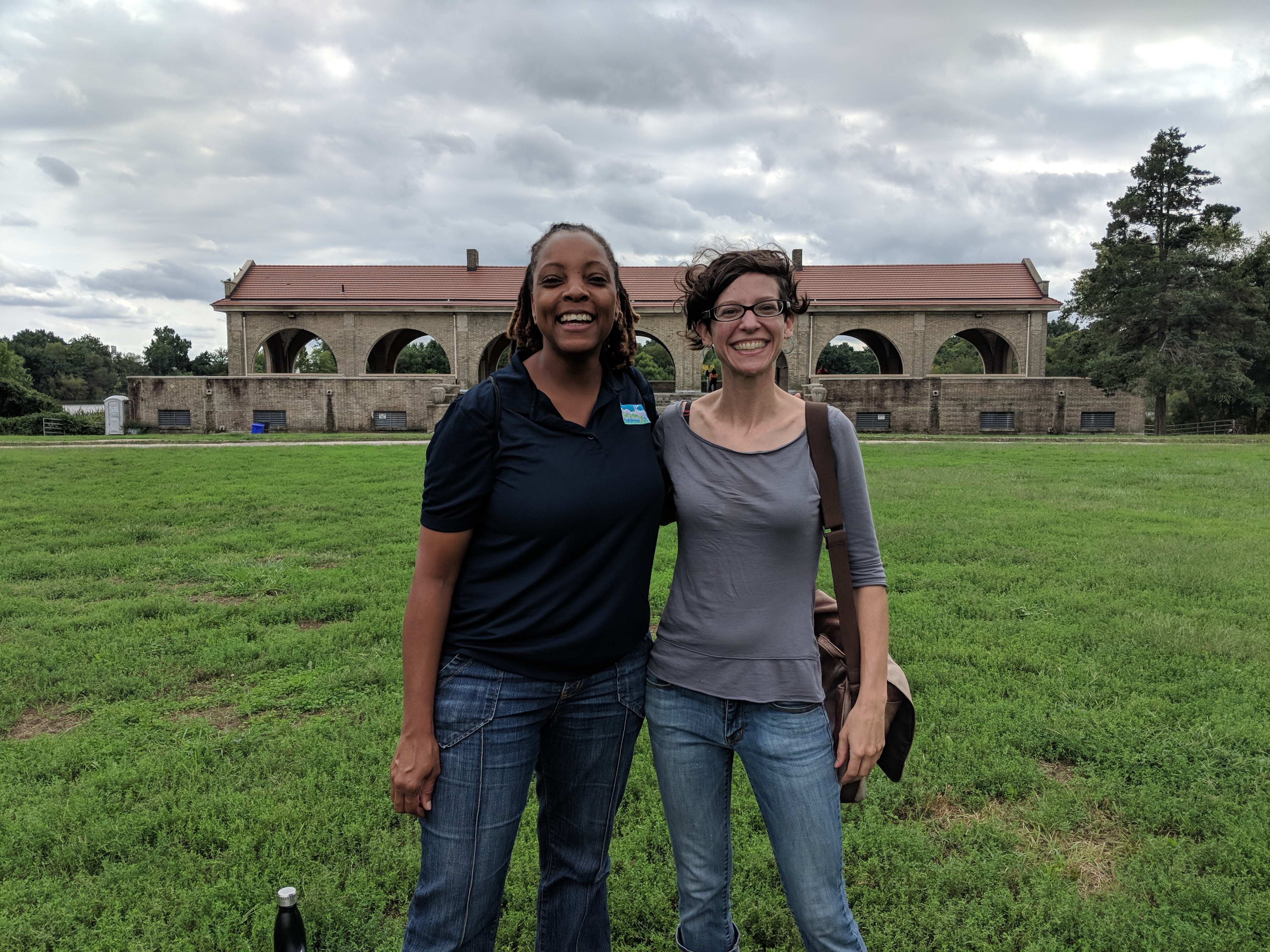
Artist Nicole Donnelly (right) will be working with Tarsha Scovens of Let’s Go Outdoors! to design educational programming inspired by the artwork.
What do you hope visitors and park users will learn from your art installation?
Using four maps of the Delaware watershed from four different centuries, viewers will be able to see the gradual settlement of the Philadelphia area as well as the drastic shrinking of our natural waterways as they were directed underground into sewer lines or simply filled in to make more “usable” land. I hope visitors will be able to learn that FDR Park is not only important as an area for recreation today, but also for its historic role as an estuary providing habitat for a wide variety of plants and animals adapted to a tidal environment, and for its ever more demanding role, especially as sea level rises in the future, providing green space for surface water drainage for the surrounding city.
What sort of research are you undertaking for this project?
I’ve been researching historical maps of Philadelphia that document the changes in the watershed as well as the maps that document FDR Park. Additionally, I’ve conducted field work identifying invasive plant species growing in the park as well as historically native plants to this area which is an estuary, a transition zone between river environment and ocean environment.
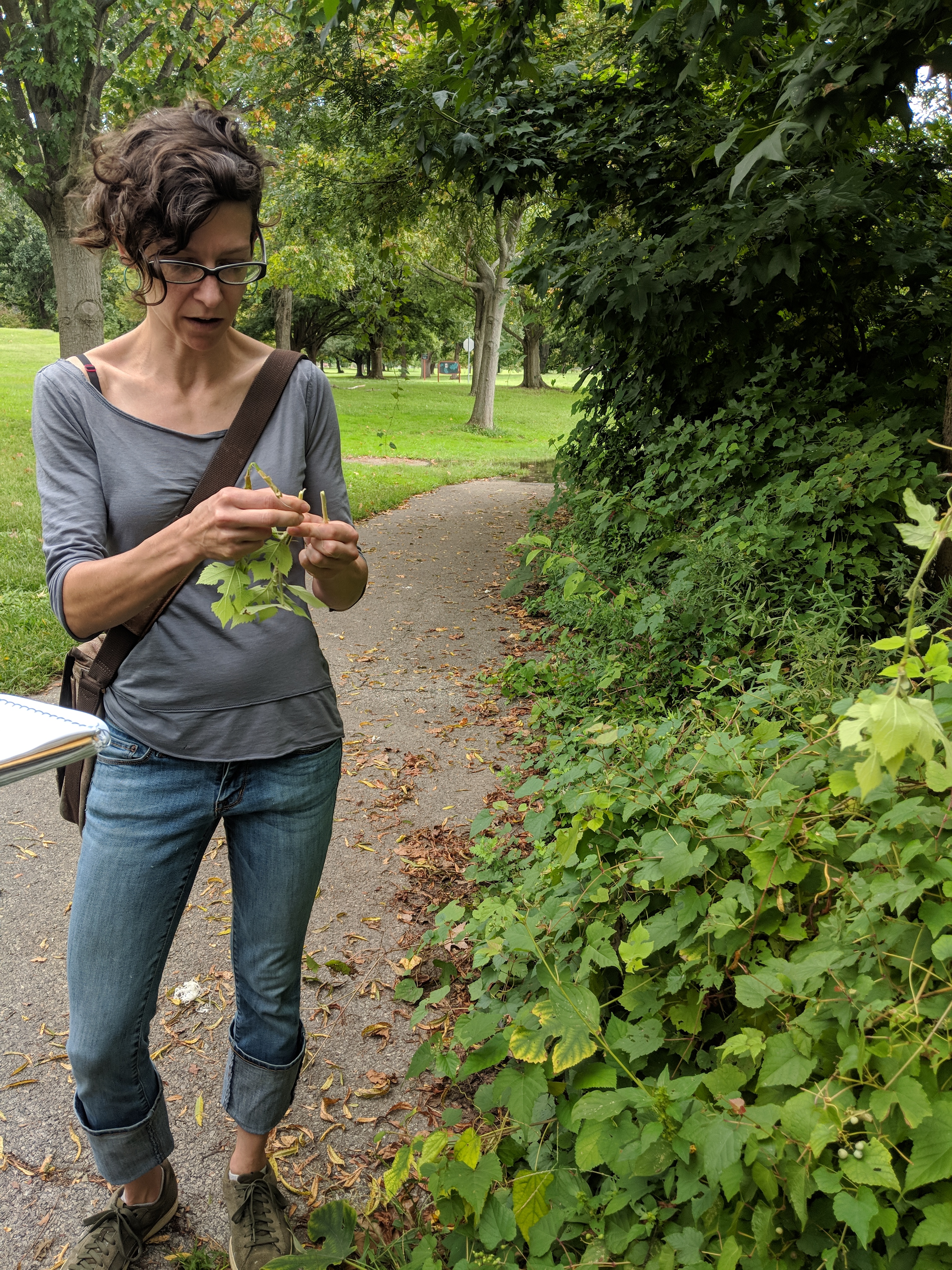
Can you share a little about your own work and how it relates to this project?
Ecology and environmental issues are central to my personal art making process. As a hand papermaker and visual artist, this is where my raw materials come from (plants), and the imagery I create pertains to the responsibility we all carry to conserve the natural world. For the last 10 years, I have been creating site-specific outdoor artworks, as well as more traditional paintings and “hang-on-the-wall” sculptural pieces which incorporate handmade paper, printmaking processes, and light-weight tree branch armatures. I strive for simplicity in these works: to create a visual space that any individual can encounter and appreciate for the sake of color, or form, or imagery. I am in search of that intimate and personal moment, at the juncture of phenomena, perception, and realization.
—
To learn more about the FDR Park Master Plan and how to get involved, please visit myphillypark.org/fdr-park.
